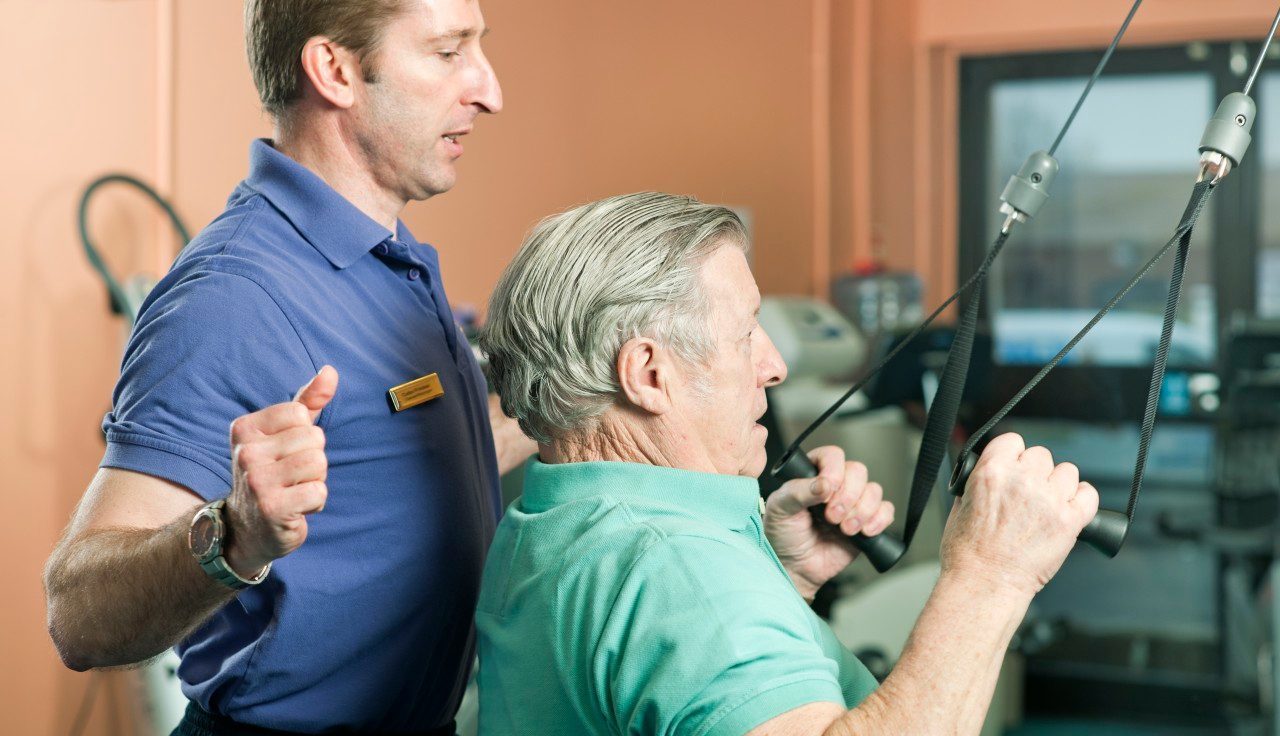Exercise Could Make You More Tolerant of Pain

Regular exercise could make you more tolerant of pain; it might also make you “tougher.” If you have chronic pain, take it slow but don’t stop moving.
An avid swimmer once passed a kidney stone while in the pool. He said later, he just thought it was a “cramp.”
Intense exercise has an immediate effect of giving you a short-term high, while also making you more tolerant of pain for a spell (scientists call this exercise-induced hyperalgesia).
There’s also evidence that people who exercise get tougher — pain just bothers them less — outside of their workouts.
YOU MIGHT ALSO LIKE: Why Does My Lower Back Hurt?
A group of Australian scientists put this observation to the test. They gave a group of 12 young and healthy but couch potato volunteers standard tests of pain threshold and pain tolerance before and after a new routine: three times a week of cycling for 30 minutes, at 75 percent of maximal oxygen consumption, over six weeks.
People respond to pain differently. Your pain threshold is the point at which you start to feel any pain. In the study, scientists used a probe that put pressure on the skin of the volunteers, telling them to say “stop” when the pressure became painful.
To measure pain tolerance, the volunteers wore a blood pressure cuff on their upper arms. The scientists made it tighter and tighter while the exercising volunteers gripped and squeezed a testing device with their fists. When they couldn’t squeeze it any longer, they had reached their measurable pain tolerance.
A control group took the same tests without doing the exercise program.
After six weeks, everyone took the tests again. Nothing changed for the control group. Among the volunteers who exercised, their pain thresholds didn’t budge but their pain tolerance was higher. They were also fitter, and the volunteers with the greatest gains in fitness had the biggest increase in pain tolerance.
So, if you’re living with a chronic pain problem, what kind of exercise helps? The evidence is mixed, according to a meta-analysis of research on both healthy adults and those with chronic pain. Isometric and dynamic resistance exercise may help more than aerobic exercise for healthy adults.
If you have chronic pain, your results could be quite different, depending on the intensity of your workout and the type of exercise you do. A single experience could increase your pain, but over time the exercise could lower it, so it’s important to start slowly and seek advice.
Remember that pain varies from one person to the next. Women tend to have more pain than men do. Pain is linked to depression and panic disorder. Stress, social isolation, and past experiences can influence your pain tolerance as well.
Exercise-induced hyperalgesia seems to decline with age, other research has found, which means you may not get that immediate boost. It’s also true that chronic pain problems are more common as people age.
Exercise is still good to move. Even walking can help people with chronic muscle pain, research suggests. Using a joint with painful arthritis will lubricate it.
Pain is also tangled up with mood. It’s harder to be cheery when you’re in pain, but any distraction and mood lift from the exercise will make pain more bearable.
A mixed program that includes aerobic, resistance, and flexibility exercises can reduce pain in patients with rheumatoid arthritis, fibromyalgia, osteoarthritis, and chronic low back pain. For fibromyalgia patients, exercise in the pool, Tai Chi, strength training, and yoga have all had lasting effects and can reduce the need for pain remedies.
Updated:
June 16, 2023
Reviewed By:
Janet O’Dell